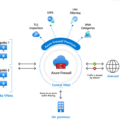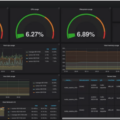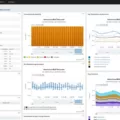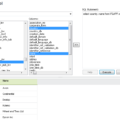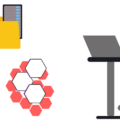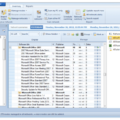Synthetic monitoring tools are the latest way to monitor your applications and ensure that your critical business transactions, and most common paths in the application, are up and running optimally. Synthetic monitoring provides a valuable service to organizations looking to monitor website performance, response times, uptime, and more.
Synthetic monitoring solutions make it possible to assess how a system is likely to respond to user requests before actual users interact with it. It does this by simulating user behavior and providing detailed data on page load times, response times, uptime, and more. This information can be used to identify potential problems before they become issues for real users.
One of the main benefits of synthetic monitoring tools is faster problem resolution. These tools give administrators real-time data so they can quickly identify an issue and resolve it more quickly than if they had been relying on manual testing or waiting for customer feedback before taking action. Additionally, synthetic monitoring tools come with alerting features so you don’t have to wait around for issues – you’ll know almost immediately when something goes wrong.
Another key benefit of using synthetic monitoring is tracking third-party content. Often websites rely on third-party content from other sources such as advertising networks or social media platforms which can cause performance issues if not monitored properly. With synthetic monitoring tools, you’ll be able to track the performance of any third-party content you use on your website so that you can quickly identify any potential problems in advance.
Finally, synthetic monitoring can also help ensure that service level agreements (SLAs) are being met by providing accurate insights into how well applications are performing across different parts of the world. By using these tools regularly you’ll be able to set realistic expectations for customers while also ensuring that any SLA violations are caught early on in order to prevent any harm to your reputation or relationship with customers.
Synthetic monitoring tools provide an invaluable service for organizations looking to ensure their websites remain at optimal performance levels at all times without having to rely solely on manual testing or customer feedback. These tools provide real-time data so administrators can quickly identify and address any issues before they become bigger problems while also tracking third-party content performance and ensuring SLAs are met.
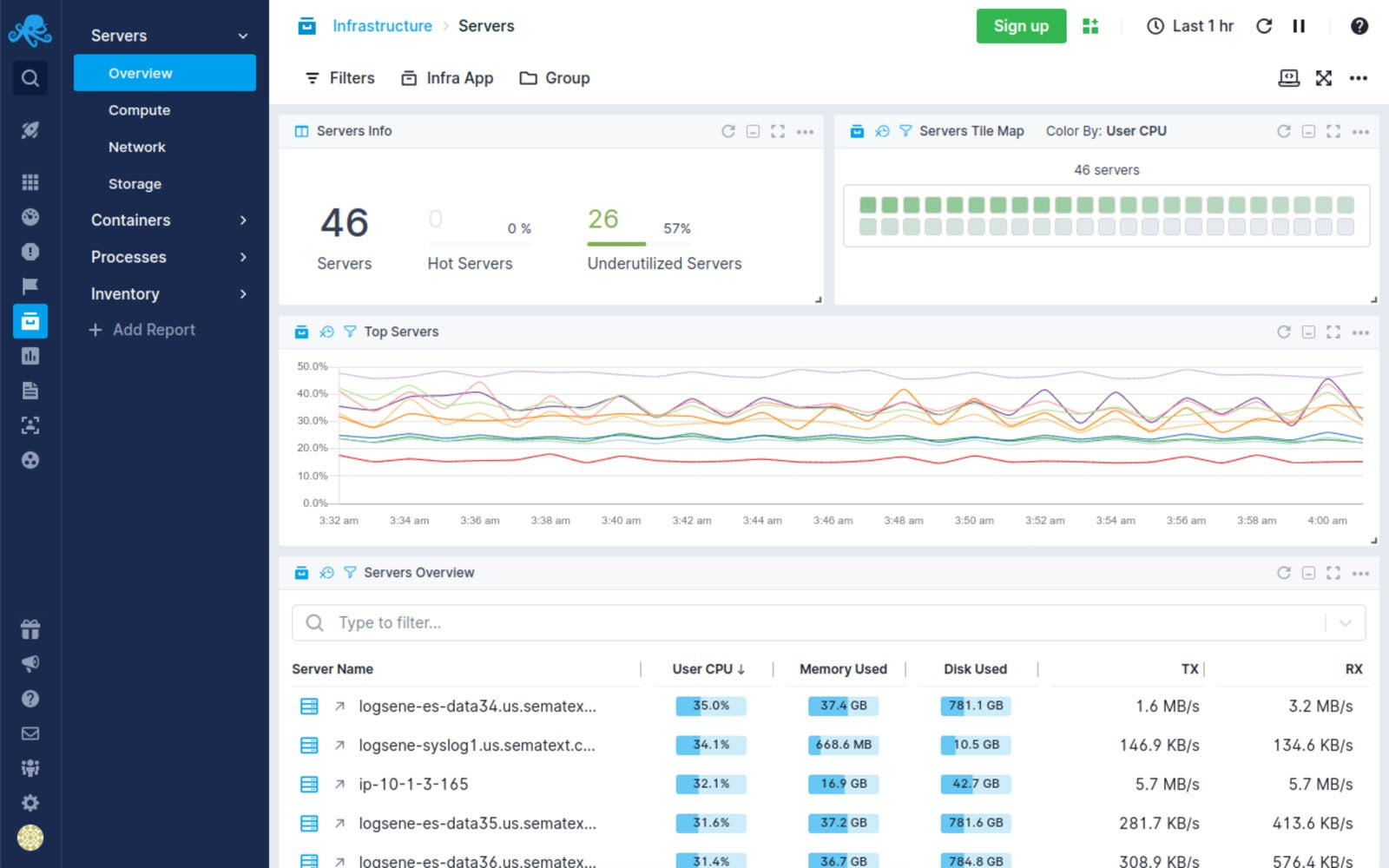
The Benefits of Using Synthetic Monitoring Tools
Synthetic monitoring tools are specialized software that is used to simulate user interactions with an application and measure its performance. They are used by businesses to track website performance, user experience, and application responsiveness. Synthetic monitoring tools provide visibility into how the application behaves under different loads, allowing businesses to proactively identify and address problems before they affect users. Synthetic monitoring tools can also provide insight into customer trends, helping inform decisions about design updates or changes.
Example of Synthetic Monitoring
Synthetic monitoring is a type of performance testing that uses automated scripts to simulate user requests and measure how a system responds. It provides insight into the performance of a website, application, or service before it is released or deployed to the public. By running tests on a regular basis, synthetic monitoring can be used to detect page load times, response times, uptime, and other metrics. It can also provide alerts when cetain thresholds are exceeded, allowing teams to quickly identify and address any issues. Synthetic monitoring is an effective way to ensure that websites and applications perform as expected before they are made available to end users.
Types of Synthetic Monitoring
Synthetic monitoring is a type of network monitoring that uses simulated user requests to assess the availability and performance of web applications, services, and networks. There are several types of synthetic monitoring:
Availability Monitoring: This type of synthetic monitoring checks for the availability of web applications, services, and networks. It sends an HTTP request to determine if the application is running correctly and then reports on its response.
Web Performance Monitoring: This type of synthetic monitoring checks for the performance of web applications and services by simulating user interactions with them. It tests a range of metrics such as page loading time, page size, page weight, etc. in order to identify any potential issues or bottlenecks in the application’s performance.
Transaction Monitoring: This type of synthetic monitoring verifies that transactions between two systems are completed successfully by simulating requests from one system to another. It evaluates whether the transaction was completed correctly or not, and can detect errors that may occur during the process.
Faster Problem Resolution: Synthetic monitoring can help speed up problem resolution by providing detailed data about potential issues before they become major ones. This can help identify problems more quickly and allow IT teams to address them before they cause too much disruption or downtime for users.
Alerting: Synthetic monitoring can also be used for alerting IT teams when certain conditions are met or exceeded. For example, if a certain number of unsuccessful transaction attempts have been made in a given period of time, an alert may be triggered so that IT teams can take corrective action quickly.
Tracking Third-Party Content: Synthetic monitoring can also be used to monitor third-party content on websites such as ads or videos in order to ensure their performance is up-to-date and functioning properly.
SLAs and Synthetic Monitoring: Service Level Agreements (SLAs) specify predefined levels of service that must be maintained in order to meet customer expectations. Synthetic monitoring can help ensure these SLAs are met by regularly testing service availability and performance levels against predetermined thresholds set by the SLA agreement.
The Benefits of Synthetic Transactions Monitoring
Synthetic transaction monitoring is an automated process of measuring the performance of a website or application. It works by simulating the behavior of a user by sending requests to webpages or executing certain commands, and then measuring the response times, availability, and other metrics in order to establish a baseline for performance. This allows organizations to detect any issues with their web pages or applications before they impact real users. Synthetic transaction monitoring also helps measure the impact of changes that are made to a system, as well as identify potential weak points in the system. By using synthetic transactions regularly, organizations can be confident that they are providing their customers with the best possible experience.
Comparing Synthetic Monitoring and Real User Monitoring
Real User Monitoring (RUM) involves collecting data from actual users as they interact with your application. This data can tell you how well the application is performing, how quickly users are able to complete tasks, and how much time they spend on each page. Synthetic Monitoring is the process of using automated scripts or bots to simulate user behavior in order to identify any performance issues that real users might experience. This type of monitoring can be used to measure response times, check for server availability, and detect errors that may not be apparent when relying solely on RUM data. Both types of monitoring are essential for ensuring a quality user experience, but each provides a different set of insights and should be used together to get the most comprehensive picture of application performance.
The Benefits of Synthetic Monitoring
Synthetic monitoring is an essential tool for maintaining a high-performing application. It helps to ensure the uptime and performance of your critical business transactions, as well as providing valuable insight into how your users are interacting with your application. Synthetic monitoring can provide real-time alerts when performance issues occur, allowing you to take immediate action to keep your application running smoothly. It can also be used to test new features or updates before they’re released in production, helping you to stay ahead of potential issues. By using synthetic monitoring, you can ensure that your application is always available and performing well for your customers.
Monitoring Work Flow Using Synthetic Monitoring
The type of synthetic monitoring used to monitor a workflow is clicked path monitoring. Clickpath monitoring is a type of synthetic monitoring that simulates user visits and monitors the business-critical workflows of an application. It records the exact sequence of clicks and user input that need to be monitored for availability and performance. Dynatrace recorder or script mode can be used to capture the click paths, allowing users to accurately measure performance and availability across all their workflows.
Conclusion
In conclusion, synthetic monitoring tools are invaluable tools for ensuring that your applications are meeting their performance goals. Synthetic monitoring tools provide a range of features, such as availability monitoring, web performance monitoring, transaction monitoring, faster problem resolution, alerting, and tracking third-party content. Furthermore, synthetic transaction monitoring allows you to establish baselines and measure performance in a controlled state. With the help of these tools, you can ensure that your applications are running smoothly and that your customers have the best user experience possible.

